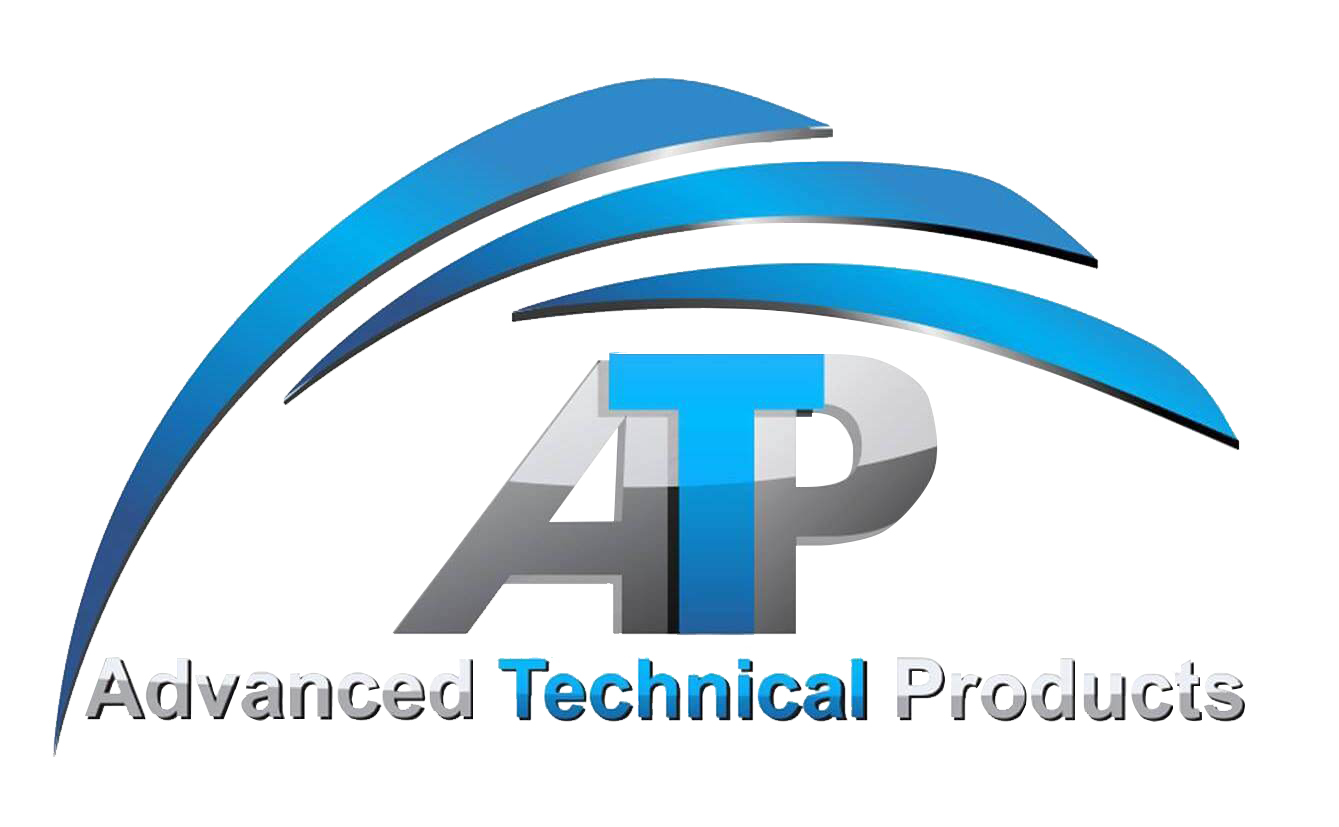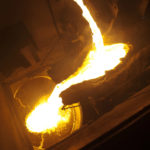New to the Forging Industry? Consider this.
According to Forge:
“The formulations of lubricants used by forgers have changed considerably over the years in response to optimal manufacturing performance, as well as environmental and safety concerns in the forge shop. This article examines effective lubrication systems in use today for nonferrous forging applications.
“According to the U.S. Department of Commerce’s Census Bureau, there were 425 firms in 2006 in the U.S. engaged in forging either steel or nonferrous metals. Nonferrous firms accounted for 16% of this total. Within the nonferrous industry classification, aluminum was the metal most often forged.
“Multiple factors play a role in making aluminum a top choice in the manufacturing industry. It is the most abundant metal in the earth’s crust and is extremely resistant to corrosion. Forged aluminum offers a highly advantageous strength-to-weight ratio. Aluminum and its alloys can be forged into a wide variety of shapes. Forged parts can range from a few ounces used in mountain-climbing equipment up to several tons for support beams used in jet aviation. Low-strength alloys of aluminum tend to be much easier to forge than steel, while high-strength alloys such as 7075 require much higher pressures. Another key feature of aluminum forging is that the dies can be heated to the same temperature as the stock to minimize energy transfer to the dies. While this offers advantages in terms of die design, it creates challenges in lubricant formulation.
“Other nonferrous forging areas representing spectral opposites in terms of facility of metal movement are brass and titanium. Brass forgings are used in numerous industries including architectural, automotive, health care and the military. Brass, an alloy of copper, is typically forged on mechanical presses in one or two hits in a finish die. Since the material is more easily forged than ferrous and other nonferrous metals, a great amount of detail is often incorporated into the finish die. The difficulty this poses to lubricant formulation is providing sufficient metal movement to fill the die without building up in the die. Lubricant buildup in the die causes non-fill. The slightest amount of buildup often results in washout of lettering on the final forging. Scraping the lettering with a straight edge will result in complete removal of the detail. Another problem arising from a poorly designed lubricant is entrainment of the lube within the forging. This is identified only during inspection of forged parts.
“Another nonferrous metal, titanium, is typically more difficult to forge than brass and aluminum and presents many issues in lubricant design. Titanium offers the highest strength-to-weight ratio of all metals. Its biocompatibility makes it an excellent choice for bone reconstruction as well as dental implants. It is used extensively in aerospace applications, where its high cost is offset by its strength, density and corrosion resistance.
“One of the most common alloys of titanium, Ti 6Al-4V (6% aluminum and 4% vanadium), requires heating the stock to between 1600-1800°F. Die temperatures are typically maintained in the 400-500°F range for smaller forging operations on mechanical presses. For larger parts forged in hydraulic presses, dies are heated to between 800 and 950°F. In addition to lubrication at the press, glass coatings are often used to coat billets entering furnaces to limit exposure to oxygen and nitrogen during heating. For some titanium forgings used in nuclear power generation, there are restrictions as to which compounds may be typically used in forging lubricants.
“Many other nonferrous forging applications exist, including magnesium, beryllium, tungsten and nickel alloys. There is overlap in lubricant formulation for the various nonferrous metals. The forging lubricant is applied to the dies and must typically be consumed during the forging operation to prevent buildup in the dies. Therefore, die temperature and stock temperature are the key elements to lubricant formulation. The nature of the stock or alloy type is of major concern when restrictions on chemistry apply.
Forging Lubricant History
“Early nonferrous forging lubricants consisted mainly of mineral oil, leaded pigment or soap plus graphite. Lead naphthenate, in combination with graphite, could help forge the most difficult and complex shapes. Mineral oil was used to adjust the viscosity and concentration of these additives. Billowing clouds of smoke were commonplace even in lower-temperature mechanical-press forging. At high temperatures and on hydraulic presses, flames engulfed the entire press area. The salient feature of this lubricant mixture was the sweet aroma of the lead soap. Even with the increased general knowledge and growing concern about lead’s toxicity, a great effort was necessary to replace it in forging lubricants. Resistance came because alternate soaps did not offer the equivalent metal movement that lead-based lubricants did, and the odor of the new lubricant offerings was more offensive. In addition to devising suitable lubricant replacements for lead, re-education of the work force was necessary in order to gain acceptance. Lead has now been totally replaced in forging lubricants manufactured in the U.S.
“While forging lubricants became less harmful to the environment and to personal health, oil-based chemistries still posed smoke and fire hazards. Water-based graphite lubricants were developed that enabled elimination of oil-based chemistries, at least on smaller jobs performed on mechanical presses. Water-based colloidal graphite dispersions flooded the market both for ferrous and nonferrous mechanical presses. Nonferrous forging was more demanding, however, and required additional additives over the standard ferrous forging-lubricant offerings.
“Forgers learned to create their own lubricant mixes. Various lube recipes incorporated colloidal graphite, to which floor wax was added. In order to speed metal movement, hand soap may also have been added. To slow metal movement for a tough blocker operation, borax was added. For extremely difficult operations, salt could be added to facilitate metal flow. Another trick of the trade included black etching the stock with a caustic solution. Forgers took pride in their ability to create the perfect lubricant for a job with which the next shift would have problems. The sharing of information was forfeiture of individual effort as well as determination. Lubricants were therefore needed that could be forgiving and still provide a consistently high level of performance.
Mechanical Press Lubricants
“Water-based graphite forging lubricants are still the preferred choice of nonferrous forgers. The speed of a mechanical press lessens lubricant demand with respect to the coefficient of friction. Lubricants for these presses are often diluted with water to a working concentration of 2-5% solids. The alloy used in these operations is heated to a temperature that takes advantage of the optimum forgeability of the metal. Solid lubricants play a major role in the lubrication mechanism. This is usually graphite, but it is sometimes molybdenum disulfide or, less often, boron nitride. The major difference in these solid lubricants is cost and color. The very expensive boron nitride is a white compound. Molybdenum disulfide is black and approximately 20 times more expensive than graphite, which is gray to black depending on particle morphology. The adjacent graph shows the relationship between temperature and friction for these materials.
“Graphite and molybdenum disulfide are excellent lubricants and only above 750˚F does boron nitride show better properties. These properties would only be realized in the forging of superalloys where temperatures and stock costs would merit its use. Molybdenum disulfide is nearly identical to graphite but would have an advantage under vacuum conditions where lubrication by graphite falls short.
“Obviously, solid lubricant and water alone are not capable of providing all the lubrication for nonferrous forging. Binders are used that hold the graphite onto the die-steel surface. Binders include waxes, soaps, starches, polymers and glass-forming compounds. Other additives include lubricity modifiers, extreme-pressure additives, mineral parting agents, viscosity builders, adhesion promoters, surface activators and biocides. Of particular interest are the extreme-pressure additives that help prevent wear by forming a reaction layer on the surface of the die. These materials have typically included sulfur, chlorine, zinc and phosphorous. Local government regulations in many areas have eliminated the use of zinc as well as chlorine. Sulfur is restricted in aerospace and yellow metal applications, and phosphorous is limited in nuclear applications.
“Lubricant formulators are forced to be creative in devising new candidates for forging operations. Graphite-free synthetics have been used in the ferrous forging industry for decades. The same is now true for the nonferrous segment. These lubrication systems – used primarily in smaller jobs without massive metal-movement requirements – do an excellent job. Die life has not been compromised, and maintenance costs have decreased. An endless array of additives is constantly offered by suppliers. Formulators are forced to look at slight modifications of existing chemistries, as well as untested new ones, to find synergies and solutions to lubrication issues.
Hydraulic Press Lubricants
“Hydraulic presses operate at tremendous loads ranging from 5,000-50,000 tons of force. The slow movement of the press puts a higher demand on the lubricant. A great deal of chemistry is required to deposit lubricant films on dies operating between 700 and 800˚F with water-based coatings. Oil-based lubricants are still used for large press work. At these temperatures fire is common but smoke is guaranteed. It is the incomplete combustion of the oils that results in environmentally troublesome volatile organic compounds (VOCs). Government regulations have imposed major limits on VOC emissions, which have forced companies to either capture 100% of the effluent stream or test alternative methods.
“Water-based lubricants can eliminate this concern for a variety of nonferrous forging operations. In order to provide the necessary lubrication, water-based coatings need to have the working components of the oil-based lubricants. This can be achieved via emulsification of certain additives in the oil-based system and alternate chemistries for other vital ingredients. Water-soluble alternatives are the most desirable, but this is not possible with certain chemical additives. Solid forms of ingredients, including polymers, can be dispersed as powders into the aqueous environment. Without the proper surfactants and binders, a water-based coating sprayed onto an 800˚F die would bounce off the surface and leave no deposit.
“Water-based lubricants are not diluted, as are products for mechanical presses. The non-volatile contents are typically between 20 and 25%. The coating must also have excellent stability at an easily sprayed viscosity. Once developed, the lubricant’s biggest challenge comes in its application. Oil-based systems are forgiving with respect to application, since they tend to flow to all areas of the die. A water-based coating will deposit a film only where it is sprayed. The water evaporates immediately, and there is no flow on the hot die surface. Additionally, the coating must not harden on application equipment, forcing work stoppages to clean spray heads.
Looking Ahead
“Water-based lubricants are, and will continue to be, used successfully throughout the nonferrous forging industry. Government regulations will one day totally prohibit the use of oil-based lubricants. Forgers will be forced to adapt to new lubricants and application systems. Lubricant manufacturers will also be forced to come up with new chemistries and formulations that perform under the harshest conditions with zero pollution. While the challenges are many, the opportunities as well as the desire for change exist and drive this effort.”





